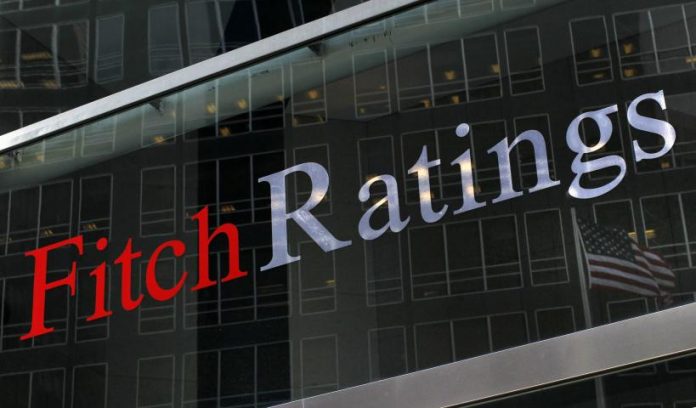
LAHORE: Fitch on Wednesday said external finance risks could constrain the new incoming PTI government
In a press release published on Wednesday, Fitch said the incoming PTI-led coalition which took the oath this week would be under immediate pressure to rein in deterioration of external finances and address fiscal challenges.
It added, the PTI-led government would have to attract the required external funding to meet its financing gap.
Also, Fitch claimed the incoming PTI-led government had more political mileage to undertake difficult policy actions but was marred by a thin majority in parliament and faces a strong opposition, which could impact policy-making.
During campaigning for the elections in July, PTI leader and prime minister-designate Imran Khan had outlined a broad economic agenda for a “New Pakistan” which concentrated on challenging corruption, decreasing inequality and expanding social services.
On this, Fitch remarked, “However, advancement of this policy agenda is likely to be limited in the short term, with external and fiscal problems taking priority.”
Pakistan’s ratcheted up a current account deficit of $18 billion, 5.6 percent of GDP in FY18, rising 4.7 percent in FY17, said Fitch.
On the foreign exchange reserves front, the picture wasn’t rosy as Fitch said they fell by around $4 billion from end-December 2017 to end July 2018 to roughly $10 billion.
Fitch highlighted the sharp increase in global risk aversion towards emerging markets and an anticipated increase in Pakistan’s external debt obligations in 2019 was contributing to financing pressures.
The rating agency said fiscal deficit had also widened and was most likely to surpass their previous estimate of 6 percent of GDP in FY18, up from 5.8 percent in FY17.
“We revised the Outlook on Pakistan’s ‘B’ rating to Negative from Stable in January 2018 to reflect these rising external and fiscal pressures,” said Fitch.
Fitch said the central bank had initiated moves to raise policy by 175 basis points since January 2018 and promoting greater mobility in the “heavily managed rupee by allowing four separate depreciations since mid-December 2017, which resulted in a cumulative 17% decline against the US dollar.”
However, Fitch cautioned these measures haven’t been enough to rein in a widening of the large external financing gap, which has been filled by financial support from China to provide $2 billion in an additional bilateral loan in July and $4 billion provided by the Saudi-backed Islamic Development Bank (IDB)
Fitch added the incoming government was aware of the gravity of the situation, with the likely finance minister-designate Asad Umar saying that “all options are on the table” and that the government will formulate a policy and financing path within six weeks.
It predicted Pakistan would seek financing from various sources including China, multilateral development banks and the International Monetary Fund (IMF).
Whilst talking about Pakistan approaching the IMF for a bailout, Fitch said: “IMF would probably require further fiscal and monetary tightening, greater exchange-rate flexibility, and wide-ranging structural reforms, which could also help attract other sources of financing.”
“Moreover, the IMF has unique monitoring mechanisms to implement corrective policies, without which there will continue to be significant uncertainty over the medium-term sustainability of Pakistan’s finances,” said Fitch.
It cautioned negotiations for a bailout with the IMF could become problematic because of loans linked to China-Pakistan Economic Corridor (CPEC), especially amidst rising global geopolitical tensions.
Fitch said,“Recent statements from US Secretary of State Mike Pompeo suggest the US administration does not want IMF financing used to bail out Chinese lenders.
US backing is not strictly required to secure an IMF programme, but the IMF board emphasises consensus decision-making. US pressure could lead to stricter programme conditionality, including the curtailment of CPEC projects and greater transparency in CPEC financing.”
Pakistan is one of the largest recipients of the Belt and Road Initiative (BRI) financing, receiving $62 billion under CPEC, said Fitch.
Loans under CPEC have financed capital goods imports, which contributed to inflating the current account deficit, stated Fitch.
It concluded, these loans would eventually need to be repaid or refinanced.





















